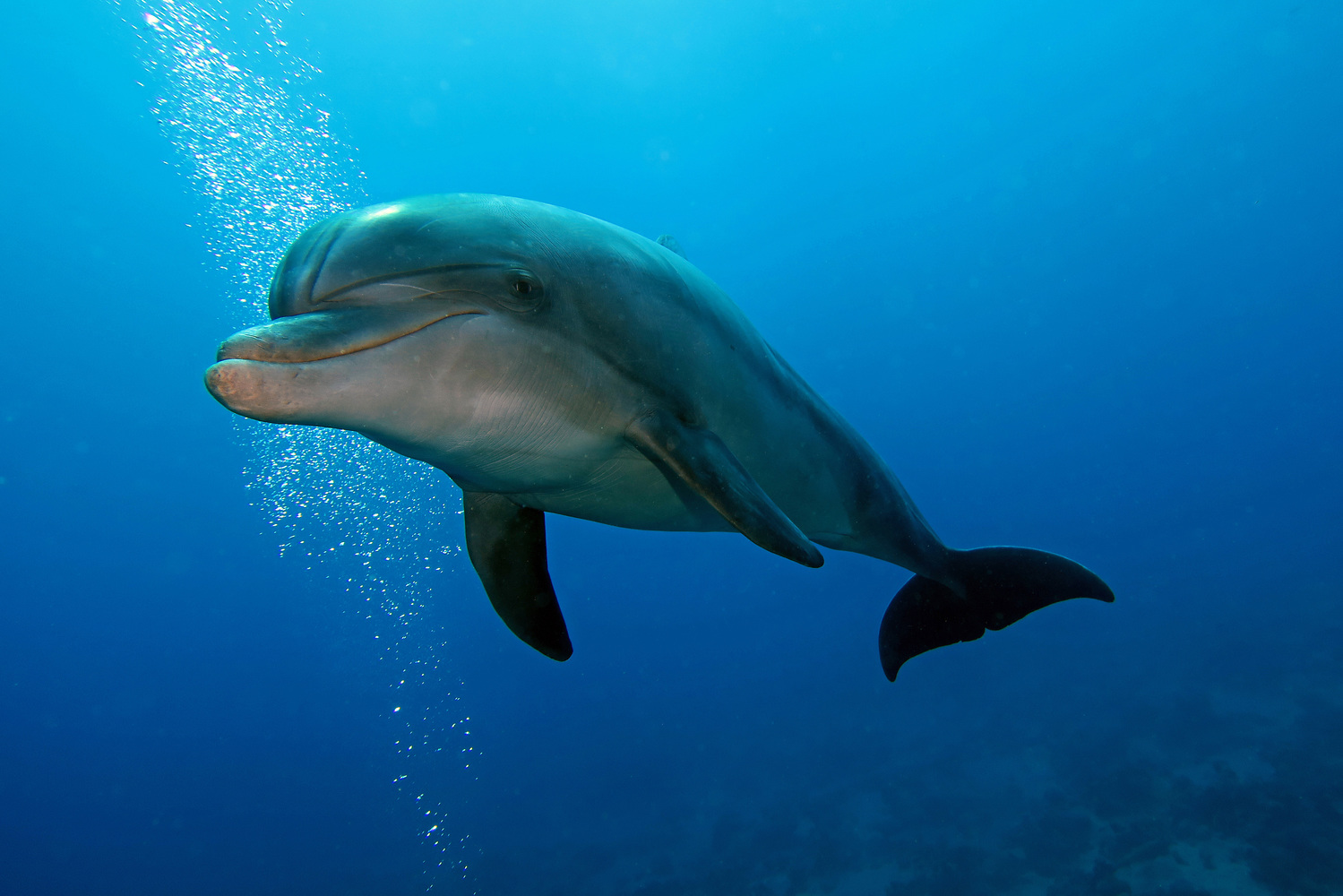AI-Generated Article
This content has been automatically generated using artificial intelligence technology. While we strive for accuracy, please verify important information independently.
When you think about what makes a place special, what truly draws folks in, it often comes down to the stories it holds, you know? Markets, in a way, give us a wonderful base for setting up spots that are both useful and, well, make things better. We're talking about how places can feel right and also look good, which, in some respects, is a lot like how a compelling tale can shape our view of something.
There's this rather old and interesting word, "Dauphin," that you might have heard of, perhaps even if you didn't quite catch all its meanings. It has a bit of a fancy sound to it, doesn't it? This particular term, in its most recognized form, actually pointed to a very specific person in French history, the one who was next in line for the throne, the eldest boy child of the ruling king. It's a concept that, you could say, really speaks to ideas of heritage and what comes next.
So, we're going to explore what this "Dauphin" business was all about, how it came to be, and how, in a very broad sense, understanding such historical ideas can offer a fresh perspective on how we present things, a kind of conceptual approach to what some might call "dauphin travel marketing." It's about how history, in a way, has its own methods of drawing people in, too it's almost like a story that keeps on giving.
Table of Contents
- The Historical Mark of a Dauphin - What Was It, Anyway?
- The Dauphin's Place in French History - A Look at Lineage
- How Did the Dauphin Title Come About - A Historical Purchase?
- Connecting Historical Titles to Modern Presentation - A Glimpse into Dauphin Travel Marketing
- What Happened to the "Lost Dauphin" - The Mystery of Louis XVII?
- Louis XVII - A Brief Personal Sketch
- Is There a Link Between a Dolphin and the Dauphin Title?
- The Symbolism of the Dolphin in Dauphin Travel Marketing Concepts
The Historical Mark of a Dauphin - What Was It, Anyway?
When we talk about the "Dauphin," we're speaking of a specific kind of special designation, a label given to the oldest male offspring of a French monarch, the person who was going to take over the crown. This practice, you know, this way of naming the future king, was in place for a rather long stretch of time, from about the middle of the 1300s right up until the early 1800s. It was, in some respects, a clear way to show who was next in line, a very public statement of succession.
This designation, "Dauphin of France," as it was often called, actually had its roots in an even older form, originally known as "Dauphin of Viennois." It's a bit of a mouthful, that, isn't it? This title wasn't just made up out of thin air; it was something that the royal family of France actually obtained through a kind of transaction, a purchase, which is rather interesting when you think about it. It means that the very foundation of this important label was, basically, bought and paid for, a rather unique beginning for such a significant royal position.
The Dauphin's Place in French History - A Look at Lineage
For centuries, this title, "Dauphin," served as the unmistakable sign of who would be the next person to sit on the French throne. It was, you could say, the equivalent of another well-known title, like the "Prince of Wales" in England, which also marks the one who will inherit the crown. This particular designation was, apparently, given automatically to the person who was the clear successor, without any need for special ceremonies each time, which shows how deeply ingrained it was in the system.
Under both the Valois and Bourbon royal families, the "Dauphin of France," which was usually just shortened to "Dauphin," held this very important position of being the one who would inherit. It's really quite something to consider how this single word carried so much weight and represented the future of an entire nation for such a long period. The way this lineage was so clearly marked, you know, speaks to a very structured approach to who would lead next, a kind of historical blueprint for power transfer.
How Did the Dauphin Title Come About - A Historical Purchase?
The establishment of this title, "Dauphin," as we've noted, wasn't simply a declaration; it came about through a significant acquisition by the royal household of France. This act of obtaining the title, you know, really cemented its place in the way the French monarchy operated. It's a clear example of how, sometimes, even the most traditional elements of a government can have a rather practical, almost business-like, origin story.
It's also worth noting that the very word "Dauphin" itself has a connection to something else entirely, something rather aquatic. The term comes from an old French word that actually means "dolphin." This link to a sea creature, you know, is quite fascinating and hints at a different kind of origin for the name, perhaps from someone who had a dolphin as their personal symbol. This historical tidbit, arguably, adds a bit of charm to the otherwise very formal idea of royal succession.
Connecting Historical Titles to Modern Presentation - A Glimpse into Dauphin Travel Marketing
While the "Dauphin" was a historical royal title, the idea of a clear successor or a recognized symbol can be thought of in different ways, even when considering how things are presented to people today. For instance, the market, in a general sense, does provide a really solid foundation for setting up places that are both useful and make things better, which is kind of like how a strong brand message works. It's about making a positive impression, you know, and creating something that functions well for those who interact with it.
If we consider "dauphin travel marketing" in a very broad, conceptual way, it might be about identifying what's next, what's the "heir apparent" in terms of trends or experiences that will truly captivate people. It's about understanding what elements are set to take over, what's coming into its own. This isn't about literal kings, of course, but about recognizing what's on the horizon, what's poised to be the next big thing, which is a bit like anticipating who the next "Dauphin" might be in terms of popularity or appeal.
What Happened to the "Lost Dauphin" - The Mystery of Louis XVII?
There's a particular story tied to the "Dauphin" title that has captured people's imaginations for a very long time, and that's the puzzling case of the "lost dauphin." This whole situation, you know, truly began when Louis XVII, who was the young heir at the time, was put into the Temple prison in Paris. It's a rather sad chapter in history, and it sparked a lot of questions that have remained unanswered for centuries.
The people who were put in charge of keeping him safe, those who had the responsibility for his well-being, found themselves in a rather difficult and, arguably, impossible situation. The circumstances surrounding his time in prison and his eventual fate led to many rumors and theories about what truly happened to him. This particular mystery, you see, has continued to intrigue historians and storytellers, making Louis XVII a rather well-known figure, even if his story is tinged with sorrow.
Louis XVII - A Brief Personal Sketch
To give you a bit more detail about this figure, Louis XVII, who was the focus of so much speculation, here's a quick look at some general information about him. It helps to ground the story of the "lost dauphin" in a few basic facts, you know, even if much of his life remains shrouded in uncertainty.
| Full Name | Louis Charles de France |
| Title | Dauphin of France (from 1789) |
| Birth Date | March 27, 1785 |
| Parents | King Louis XVI and Queen Marie Antoinette |
| Time in Prison | From August 1792 |
| Alleged Death Date | June 8, 1795 (while in prison) |
| Place of Confinement | Temple Prison, Paris |
This table, basically, gives you a quick snapshot of the young man at the heart of the "lost dauphin" story. His life, you know, was cut short in rather tragic circumstances, and the lack of a clear, universally accepted account of his final moments has, apparently, fueled the ongoing interest in his tale for a very long time.
Is There a Link Between a Dolphin and the Dauphin Title?
Yes, there's actually a direct connection between the word "Dauphin" and the sea creature, the dolphin. In both French and English, the term "Dauphin" quite often refers to an heir apparent, but it also has this other meaning. You see, it can also point to the marine mammal itself, which is rather interesting, isn't it? This dual meaning is something that has been around for quite some time.
The French language, for example, uses "Dauphin" as a general name for certain marine and river creatures that are part of the cetacean order, which includes dolphins. There's even a clear difference in the shape between a dolphin and other related animals, like porpoises, with the dolphin generally having a more streamlined body. This connection, you know, is more than just a coincidence; it's rooted in the history of the word itself.
One of the historical figures connected to the origin of the title, Guy VIII, who was a count of Vienne, actually had a dolphin as part of his personal emblem, the design on his shield. This detail, apparently, is a key part of why the title became associated with the animal. So, the name for the heir to the French throne, "Dauphin," came from an old French word meaning "dolphin," and this was used from 1349 to 1830 to show who was next in line for the crown. It's a pretty neat piece of linguistic and historical cross-over, you know, that links a powerful royal position to a creature of the sea.
The Symbolism of the Dolphin in Dauphin Travel Marketing Concepts
Considering the strong link between the historical "Dauphin" title and the actual dolphin creature, there's a rather interesting symbolic angle we can explore, especially if we think about how ideas are presented to an audience. The dolphin, you know, is often seen as a symbol of intelligence, grace, and even guidance. These qualities, arguably, could be thought of as desirable traits in any kind of presentation or messaging.
When we think about "dauphin travel marketing" in a very abstract sense, the symbolism of the dolphin could, perhaps, represent something that leads the way, something that is a natural successor in terms of what captures people's interest. It's about a kind of effortless appeal, a sense of being the obvious choice, much like the "Dauphin" was the clear heir. This connection, you see, might inspire ideas for presenting things in a way that feels natural, fluid, and genuinely inviting, kind of like the way a dolphin moves through the water.
🖼️ Related Images



Quick AI Summary
This AI-generated article covers Dauphin Travel Marketing - A Look At Historical Succession with comprehensive insights and detailed analysis. The content is designed to provide valuable information while maintaining readability and engagement.
Orpha O'Keefe
✍️ Article Author
👨💻 Orpha O'Keefe is a passionate writer and content creator who specializes in creating engaging and informative articles. With expertise in various topics, they bring valuable insights and practical knowledge to every piece of content.
📬 Follow Orpha O'Keefe
Stay updated with the latest articles and insights
